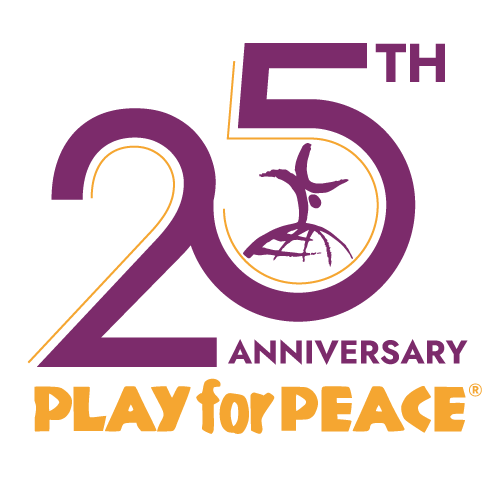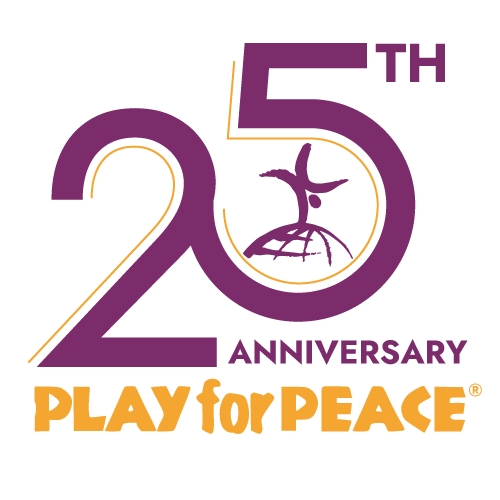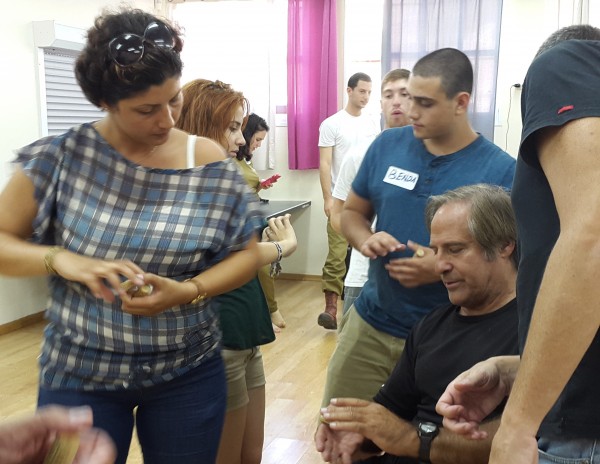The stories being created by Play for Peace reminded us of this intrinsic humanity, this longing to translate the ideal of peaceful coexistence into reality. The realization that Play for Peace is generating a tangible impact, gradually uniting individuals by encouraging their compassion to flourish, has motivated our group to incorporate new elements into our overall mission.
Last month, I had the pleasure of communicating the Play for Peace message as a volunteer and found a uniquely sympathetic audience via the Facebook page of one of my university’s student organizations. This particular group aims to construct a discussion space in which to understand the Israeli-Palestinian conflict and engage in a dialogue of nonviolent resolution, objectives closely aligned with the Play for Peace vision. Having been a member of the organization since my first semester, I have come to recognize the need to cultivate a range of perspectives when approaching such a sensitive issue, and as a result, I posted information related to Play for Peace, with the hope of enhancing our awareness of solutions being put into practice at this very moment.
A recent article from the Play for Peace blog, entitled “Teaching to Learn: A Peace is Possible Story,” illustrated this process and proved to be an impetus for constructive discourse within our group. “Teaching to Learn” presented a snapshot of current Play for Peace efforts in Israel and Palestinian territories, underscoring the fundamental desire for unity that is facilitated by team-building initiatives and cooperation exercises. The methods and success stories portrayed in this article were especially inspiring, in that they exposed us to avenues of communication that we had not previously recognized, facilitating discussion as well as a renewed awareness of the wide range of possibilities to consider when crafting a vision of peace. Even though our group strives for equity on all sides to create conditions amenable to peace, it is easy to forget the suffering of human actors and victims, those who bear the pain of conflict as an everyday burden.
The stories being created by Play for Peace reminded us of this intrinsic humanity, this longing to translate the ideal of peaceful coexistence into reality. The realization that Play for Peace is generating a tangible impact, gradually uniting individuals by encouraging their compassion to flourish, has motivated our group to incorporate new elements into our overall mission. We are now determining how to effectively relate the cross-conflict social interactions of Play for Peace within our university context. We hope that this will make the Israeli-Palestinian conflict more of an approachable concern on campus, and allow us to attract a broader audience. There is a universal quality to the lessons being imparted by Play for Peace, and by bringing these positive aspects to the forefront of our objectives, we aspire to inform diverse perspectives surrounding the mediation of conflict as a whole.
Ernie Jefferson is a second-year student at Macalester College and now a new volunteer with Play for Peace!




